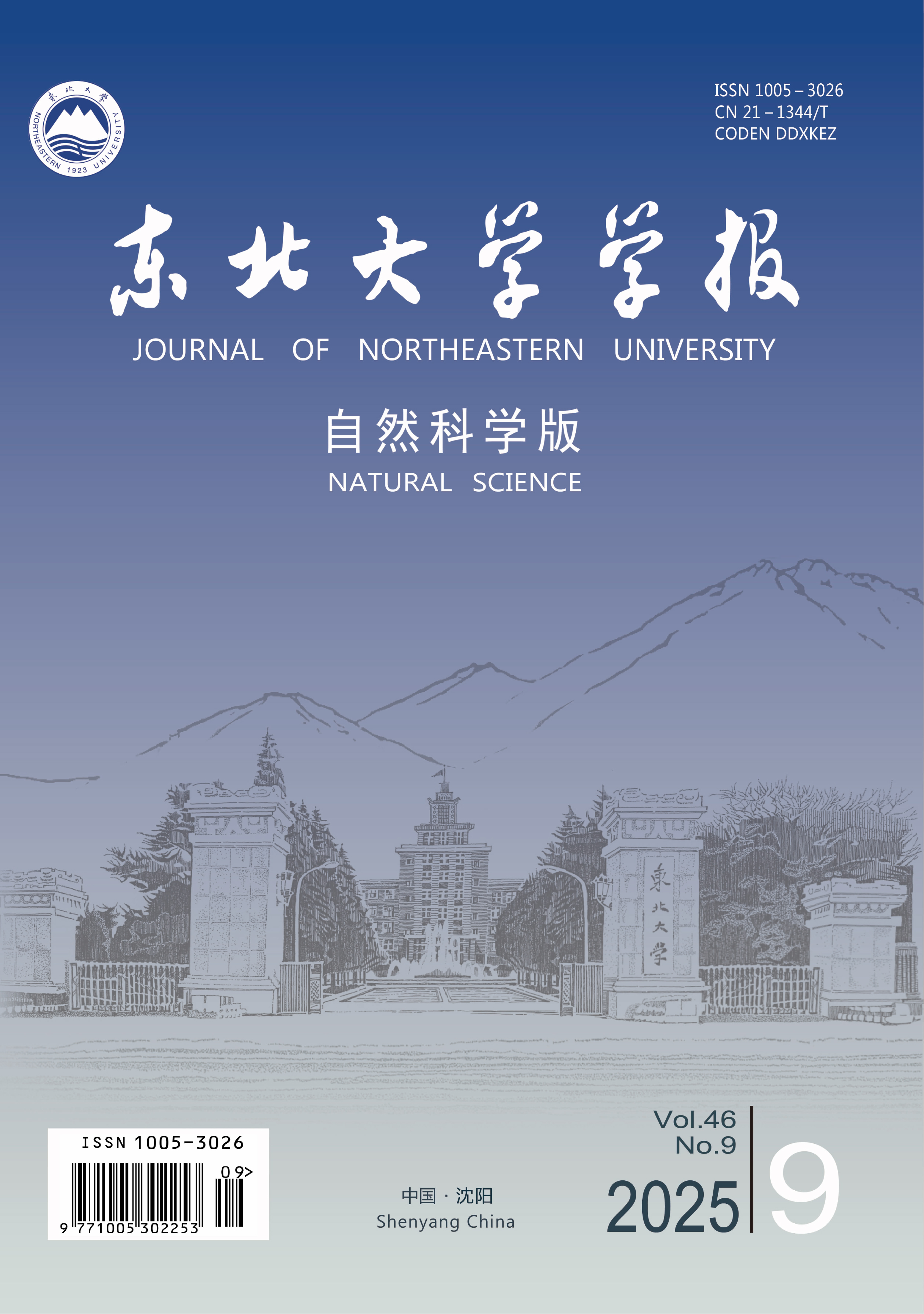To address the issue of charging and discharging scheduling for EVs(electric vehicles), an orderly charging and discharging algorithm that considered users’ comprehensive satisfaction was proposed. Firstly, a large-scale orderly charging and discharging model for EVs was constructed, and users’ comprehensive satisfaction was quantified. Secondly, an improved multi-objective role partitioning chaotic particle swarm optimization(IMRPC-PSO) algorithm was proposed to solve the problems of insufficient diversity and being trapped in local optimal in traditional methods. According to the performance of particles, the roles of elite particles, general particles, and learning particles were assigned, which respectively implement diversity strategies of maintaining search, developing search, and learning search. Each particle searched the optimization space according to its assigned role. To avoid falling into local optimal, a chaotic sequence perturbation was added after the initialization of each iteration. Finally, the performance of the proposed algorithm was compared with that of the other five multi-objective optimization algorithms through case simulation. The results show that IMRPC-PSO is superior to other algorithms in solving the problem of orderly charging and discharging of EVs, verifying the effectiveness and feasibility of the proposed algorithm.

